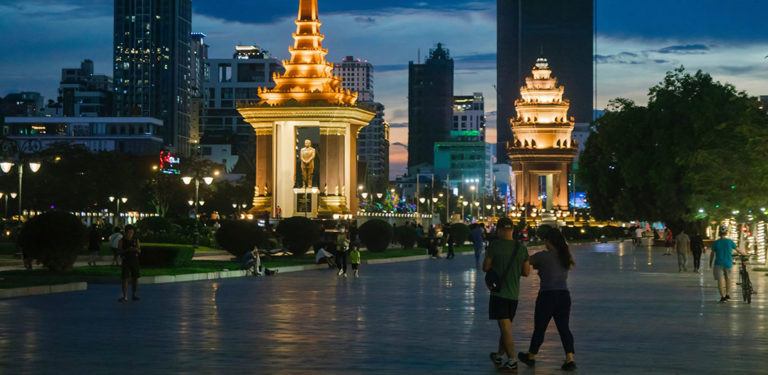The morning sun glints off the gilded spires of the Royal Palace as cycles weave through streets lined with French colonial architecture. Phnom Penh, Cambodia’s capital city straddling the mighty Mekong River, presents a fascinating blend of historical grandeur, cultural resilience, and emerging modernity that captivates visitors from their first moments in the city.
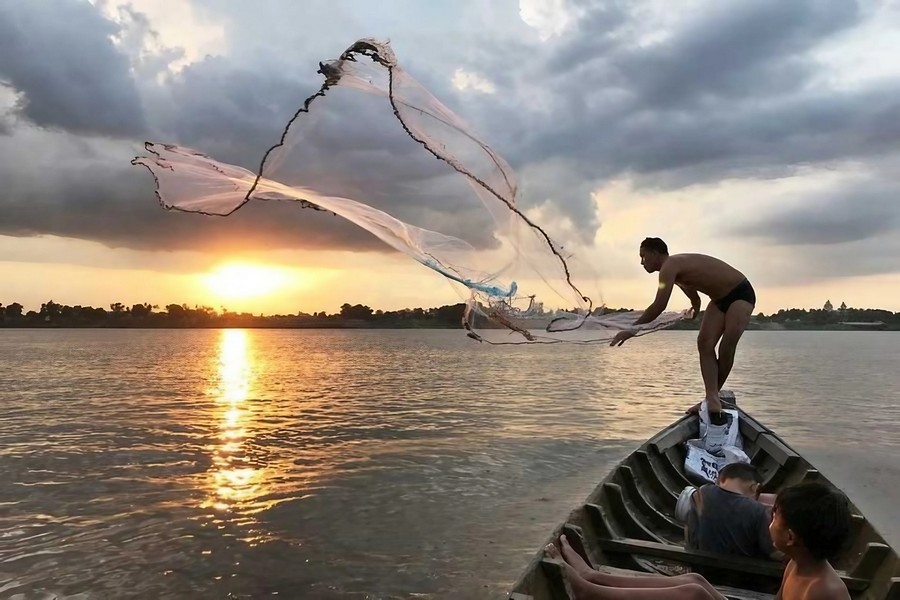
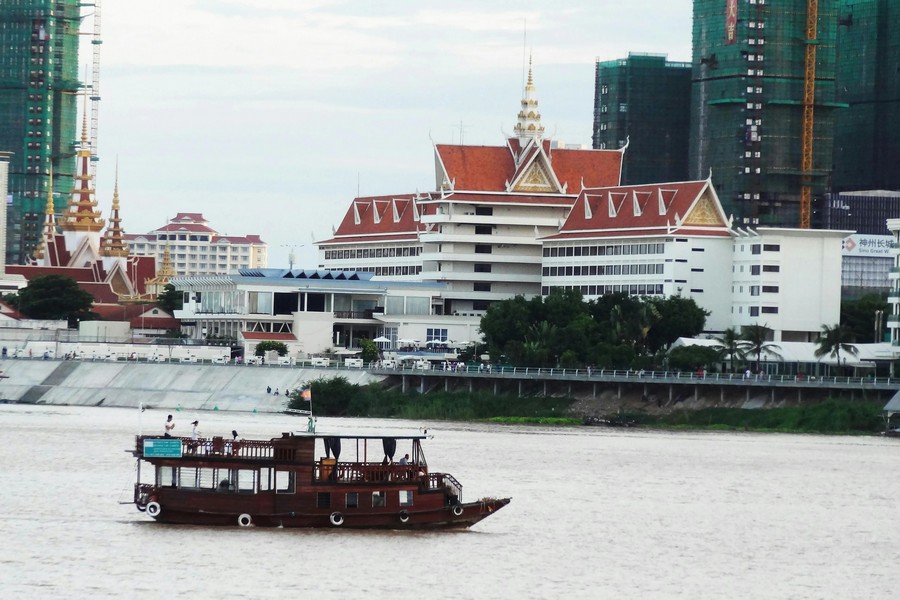
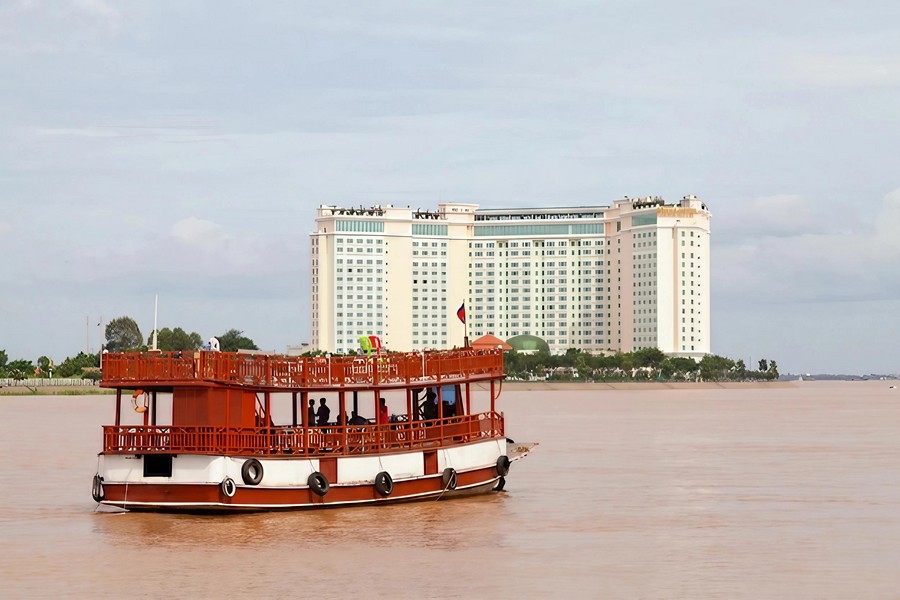
The Mekong River serves as both the lifeblood and soul of Phnom Penh, where it meets the Tonlé Sap and Bassac rivers in a natural phenomenon locals call ‘Chaktomuk’ or ‘Four Faces.’ This convergence has historically shaped the city’s strategic importance as a trading hub and continues to define its modern identity. The river’s banks host the vibrant Sisowath Quay, a bustling 3-kilometer promenade where locals gather at dawn for exercise and return at dusk for the night markets and outdoor dining. For centuries, the Mekong has sustained the city’s fishing industry and agricultural fertility through its annual flood cycle, depositing rich silt across the surrounding plains. Today, while traditional fishing boats still dot the waters, the river also supports a growing tourist industry of sunset cruises and floating restaurants. However, the Mekong faces mounting challenges from upstream dam construction and climate change, making its preservation crucial not just for Phnom Penh’s economy but for the cultural heritage it represents. The river remains an essential transportation artery, connecting the capital to Vietnam’s delta region and providing a vital commercial route for Cambodia’s growing economy.

A Tale of Two Eras
Once known as the “Pearl of Asia” during French colonial rule (1863-1953), Phnom Penh retains much of its French influence in its wide boulevards, sidewalk cafés, and elegant architecture. The city’s character was forever changed during the brutal Khmer Rouge regime (1975-1979), but has since emerged as a vibrant metropolis that honors its past while embracing the future.
Essential Attractions
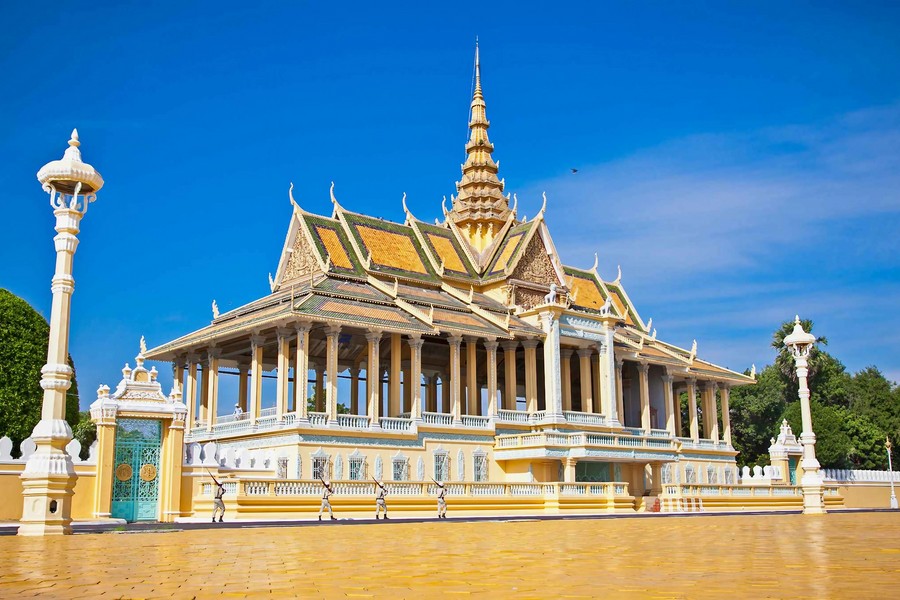
Royal Palace Complex
The crown jewel of Phnom Penh, the Royal Palace complex, with its classic Khmer roofs and ornate gilding, remains the official residence of King Norodom Sihamoni. The adjacent Silver Pagoda, named for its floor of 5,000 silver tiles, houses national treasures including a life-sized gold Buddha adorned with 9,584 diamonds. Visit early morning to avoid the heat and crowds.

National Museum
Just north of the Royal Palace, this terracotta-colored building is a magnificent example of traditional Khmer architecture. Housing the world’s finest collection of Khmer sculptures, the museum provides crucial context for understanding Cambodia’s artistic heritage. The peaceful courtyard, filled with frangipani trees, offers a serene respite from the city’s bustle.
Tuol Sleng Genocide Museum (S-21)
While sobering, this former high school turned prison stands as an essential testament to Cambodia’s tragic history. The preserved cells, photographs, and displays provide crucial insights into the Khmer Rouge period. Visiting with a guide is recommended for deeper understanding of this difficult but important chapter in Cambodian history.

Central Market (Phsar Thmei)
The distinctive art deco dome of Central Market, built in 1937, houses a labyrinth of vendors selling everything from fresh produce to precious stones. The building’s innovative design allows natural ventilation, making it surprisingly cool even in midday heat. The surrounding streets buzz with local life and street food vendors.
Wat Phnom
Situated on the only hill in central Phnom Penh, this 14th-century temple marks the legendary founding site of the city. Local worshippers frequently visit to make offerings, while the surrounding park provides a green escape from urban life. The temple is particularly atmospheric during Buddhist festivals.
French Legacy
The French influence extends beyond architecture into daily life. Crispy baguettes are as common as rice noodles for breakfast, and the aroma of coffee wafts from countless cafés. The Post Office Building and the old Mansion House (now FCC) exemplify the graceful colonial architecture that earned Phnom Penh its former “Pearl of Asia” nickname.
Culinary Excellence
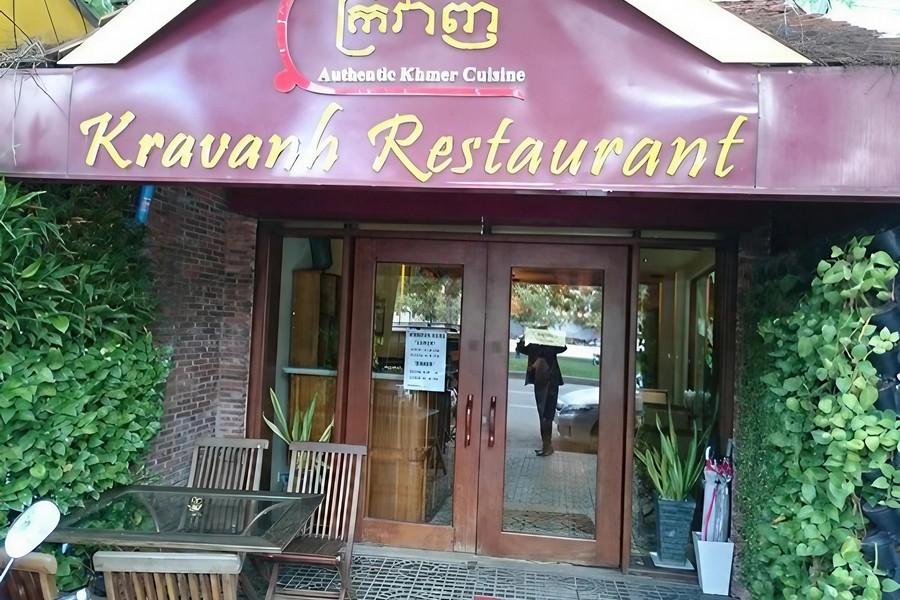
Kravanh Restaurant
Housed in a restored French villa, Kravanh showcases royal Khmer cuisine. The Fish Amok, steamed in banana leaves with coconut curry, represents the pinnacle of Cambodian flavors. Their Prahok Ktiss, a dip made from fermented fish paste with pork and coconut milk, offers an authentic taste of traditional Khmer cooking.

Malis Restaurant
Chef Luu Meng’s flagship restaurant elevates traditional Cambodian dishes to fine dining status. The restaurant’s Kampot Pepper Crab and Grilled Eggplant with Minced Pork demonstrate how traditional recipes can be reimagined while respecting their essence. The colonial-era villa setting adds to the sophisticated dining experience.

The Foreign Correspondents’ Club (FCC)
Perched in a colonial-era building on Sisowath Quay, The Foreign Correspondents’ Club stands as a living testament to Cambodia’s turbulent past and its journey to the present. Originally established in 1993 during the United Nations peacekeeping mission, the FCC became the legendary watering hole for international journalists covering Southeast Asia’s conflicts, particularly during the final chapters of the Khmer Rouge era. The three-story French colonial building, with its slowly turning ceiling fans, rattan furniture, and wraparound balcony offering spectacular views of the Mekong River, encapsulates the romantic era of foreign correspondence in Indochina. Despite its name, the FCC was never an actual correspondents’ club, but rather a bar, restaurant, and hotel that served as an unofficial headquarters for war correspondents, diplomats, and aid workers. Today, while the days of journalists filing stories about regional conflicts are largely gone, the FCC remains a popular destination for both tourists and expatriates, serving as a sophisticated venue for sundowners and Western-Asian fusion cuisine. The walls, adorned with black-and-white photographs documenting Cambodia’s recent history, tell silent stories of the country’s past while guests enjoy the cool river breezes from the same balconies where reporters once watched history unfold.
Getting There
Flying to Phnom Penh from Thailand has never been easier. Multiple daily flights connect Bangkok’s Suvarnabhumi Airport with Phnom Penh International Airport, with average flight times of one hour. Budget carriers like Air Asia and Thai Smile offer competitive fares, while full-service carriers like Bangkok Airways provide business class options.
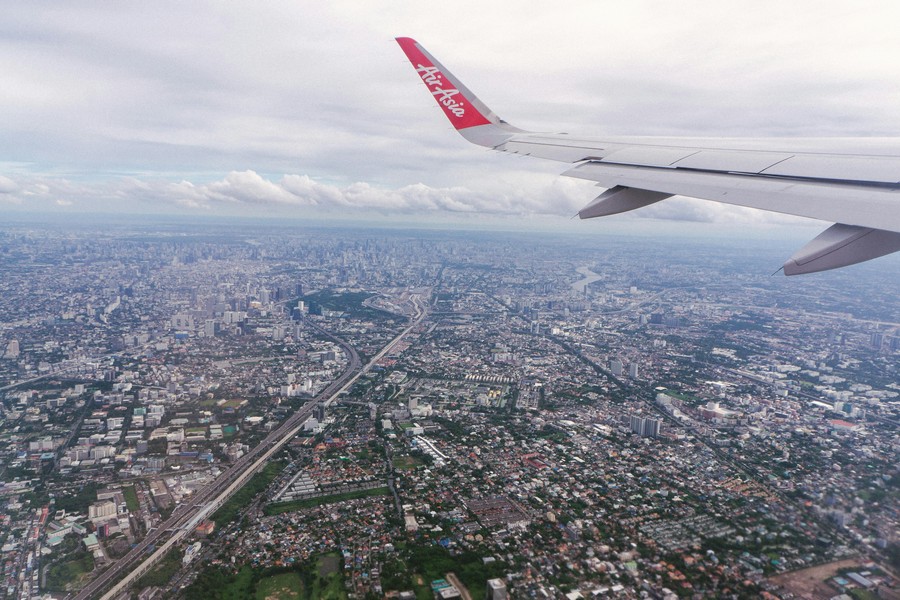
The recently modernized Phnom Penh International Airport is a mere 10 kilometers from the city center. Pre-arranged hotel transfers are recommended, though authorized taxis with metered fares are readily available at the arrival terminal.

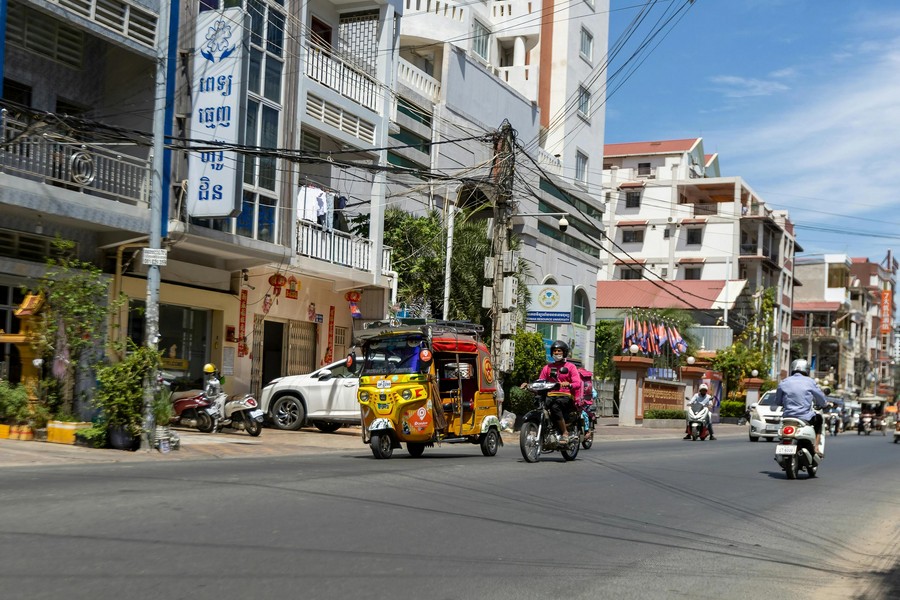
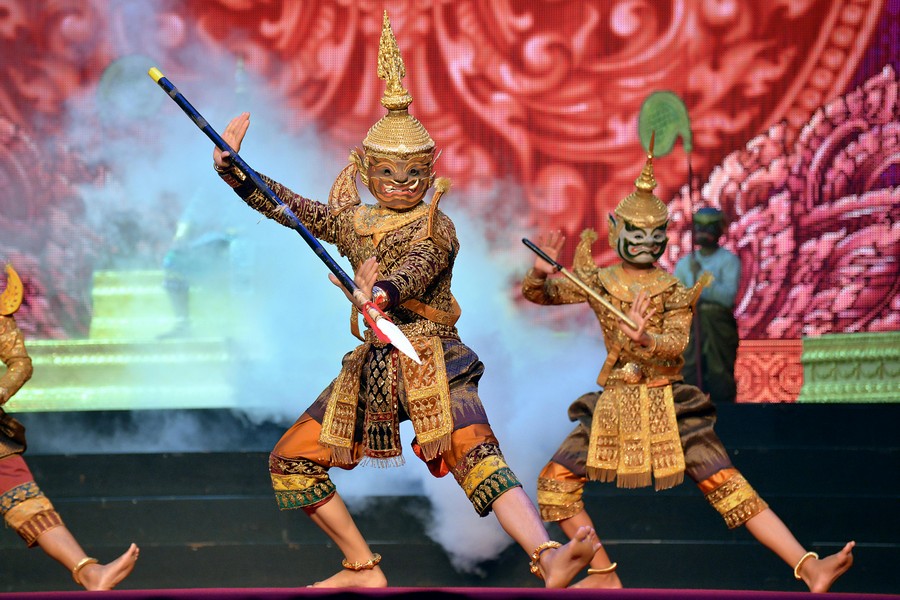
Practical Considerations
The best time to visit is between November and February when temperatures are milder, and rainfall is minimal. The city is relatively compact, making it easy to explore major sites within a few days. Tuk-tuks remain the most practical way to navigate the city, with rides between major attractions typically costing $2-3.
US dollars are widely accepted and preferred for larger purchases, though small denominations of Cambodian riel are useful for local markets and tuk-tuk rides. Many upscale hotels and restaurants accept credit cards, but cash is king in markets and local establishments.
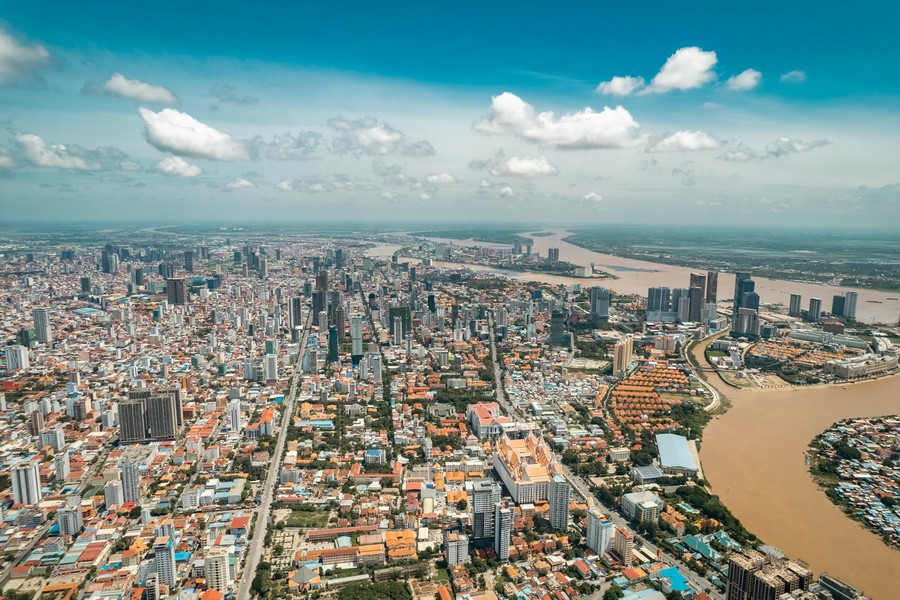
The transformation of Phnom Penh from a city of tragedy to one of Southeast Asia’s most intriguing capitals offers visitors a unique window into Cambodia’s past and present. While the shadows of history remain, they’re balanced by the warmth of its people, the richness of its culture, and an optimistic energy that powers its renaissance. Whether spending a few days en route to Siem Reap’s temples or settling in for a longer stay, Phnom Penh rewards visitors with experiences that resonate long after departure.


